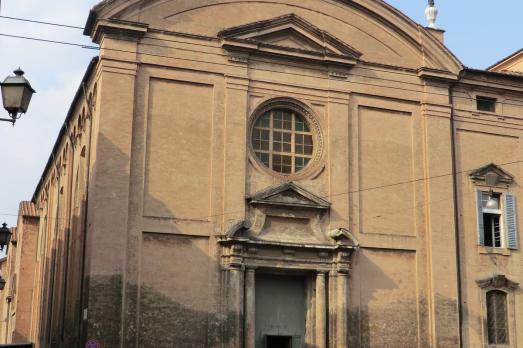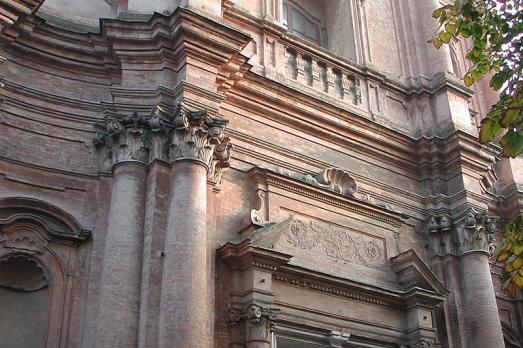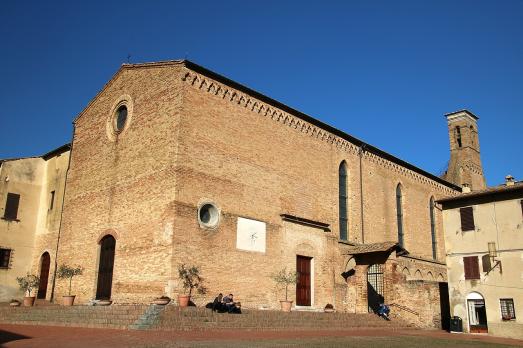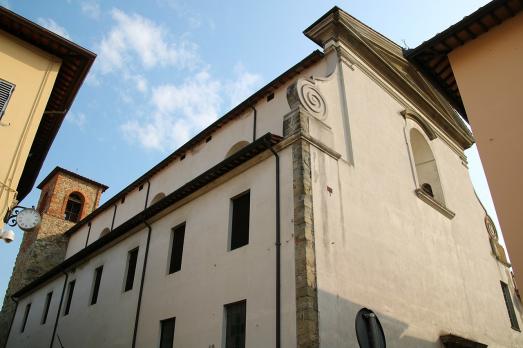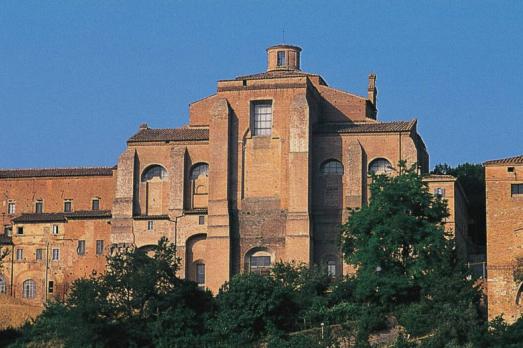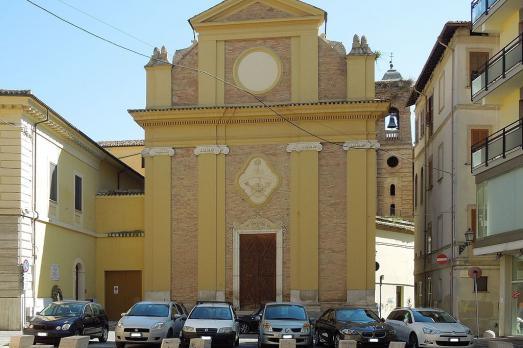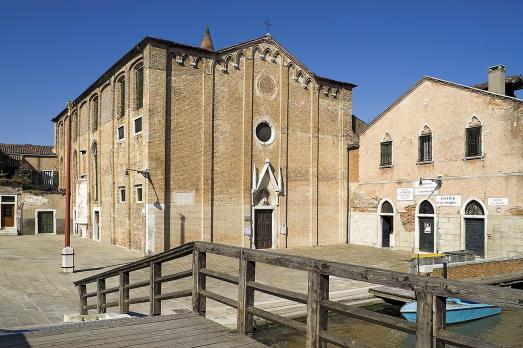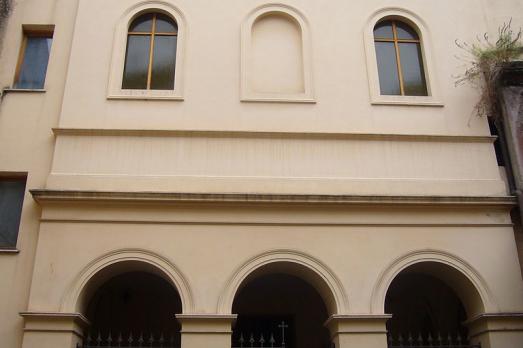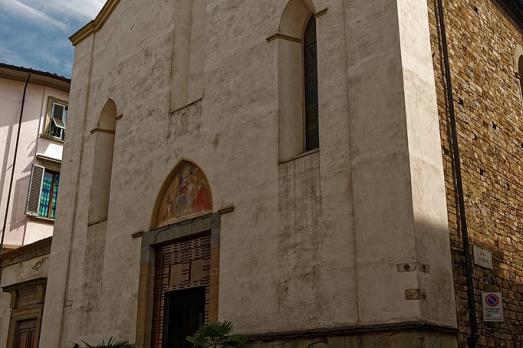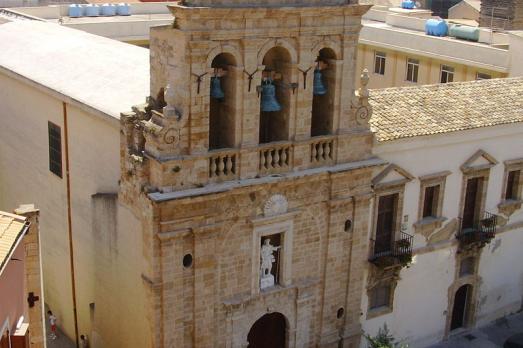
Chiesa di Sant'Agostino
Gela, IT
The church of Sant'Agostino was built in 1439 with the adjoining convent and is the oldest church in the town. It was erected in the ancient town of Terranova, which later became Gela, originally in honour of St. Joseph. The façade was built in 1783. The Mugnos chapel was added in 1613. The church has a neoclassical façade.
